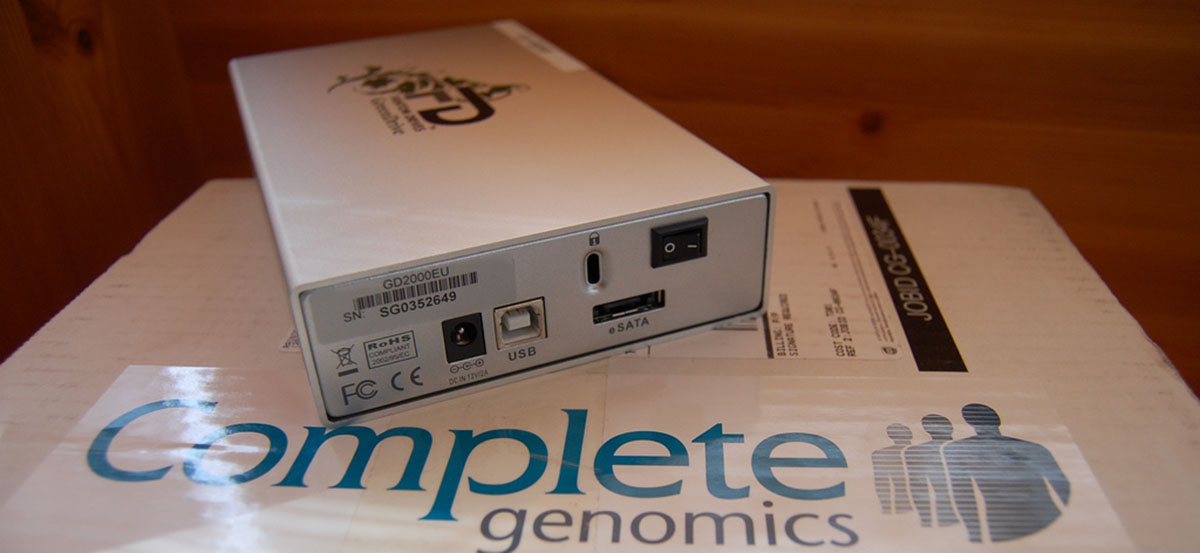Table of Contents
With the growing demand and efficiency of the genome sequencing process, scientists are exploring more and more options where whole genome sequencing can help humankind. Some of these are:
- Understanding the genotyping of cancer cells, as in, which genes are misregulated and what type of chemotherapy will work best for a patient. This process will expose the patient to less toxic treatment as the root cause is known and treated.
- Traditional genetic testing looked only at the common genes that caused trouble. But there were certain unknown genes too, which were recently identified as contributing to a particular disease state.
- A study of a patient’s genome sequencing will help in creating personalized treatment plans to treat a disease. There may be a case in which not only the mutant gene is responsible for causing a disease, but also other genes in the genome.
- Any lifestyle or environmental changes that may affect genetic predisposition may be identified and moderated.
- It can be used as a proactive measure to identify any disease which a person can be at risk in the future and to take necessary actions.
- Whole genome sequencing can be used as an industry tool to monitor emerging pathogens, determine the persistence of pathogens in the environment and as an indicator of antimicrobial resistance.
- Whole genome sequencing also identifies the likelihood of an offspring having a genetic disorder before conception and during the prenatal period.

Limitations Of Whole Genome Sequencing
We know that the whole genome sequencing has lots of benefits in store for all, but with all these benefits come a few limitations too:
- Lack of information: The role of most of the genes in the genome is still unknown. Thus a lot of information which may be present in the genome tracker is still unusable.
- Untrained medical staff and technicians: Even in countries with advanced medical care, most medical staff and technicians are untrained in genome sequencing and are unaware of how to interpret genomic data. The technology involved in obtaining the whole genome data is rather complex.
- Policies for privacy: A genome sequence test can provide a lot of information about an individual. Though the tests are being conducted, the policies to maintain the privacy and safety of this information are still lacking.
- Risks of too much of information: Sometimes genome testing may give you information that is not required. For example, when a person performs genome sequence testing to determine an effective treatment for his existing disease, the researchers may find out about an increased risk of disease for which treatment is still not available in the process. Preliminary studies demonstrate that many patients would rather prefer not to know such information. This is one of the whole genome sequencing aspects for which neither researchers nor policy makers are prepared to provide clear-cut recommendations yet.
As research continues and our understanding of genome improves, the value of individual DNA sequencing for diseases diagnosing will increase exponentially. But in developing the best practices, it’s important for all the stakeholders in relevant research fields to set up a structure and establish guidelines with regards to clinical utility, consent procedures, handling of unsolicited findings, security of information and variants with uncertain clinical implications.
- Ng P and Kirkness E. Whole Genome Sequencing. Methods in Molecular Biology. 2010. 628: 215-226
- Goldenberg AJ, Dodson DS, Davis MM, Tarini BA Parents’ interest in whole-genome sequencing of newborns. Genet Med 2014 16:78–84
- Lunshof JE, Bobe J, Aach J et al: Personal genomes in progress: from the Human Genome Project to the Personal Genome Project. Dialogues Clin Neurosci 2010
- 12: 47–60
- Saunders CJ, Miller NA, Soden SE et al: Rapid whole-genome sequencing for genetic disease diagnosis in neonatal intensive care units. Sci Transl Med 2012
- 4: 154ra135
- Berg JS, Khoury MJ, Evans JP Deploying whole genome sequencing in clinical practice and public health: meeting the challenge one bin at a time. Genet Med 2011
- 13: 499–504
- Bredenoord AL, Kroes HY, Cuppen E, Parker M, Van Delden JJM Disclosure of individual genetic data to research participants: the debate reconsidered. Trends Genet 2011
- 27: 41–47.
- Photo courtesy of DaveFayram via Flickr: www.flickr.com/photos/davefayram/4247007084
- Photo courtesy of DaveFayram via Flickr: www.flickr.com/photos/davefayram/4247007084
- Photo courtesy of ChrisDag via Flickr: www.flickr.com/photos/chrisdag/5207079033


Your thoughts on this